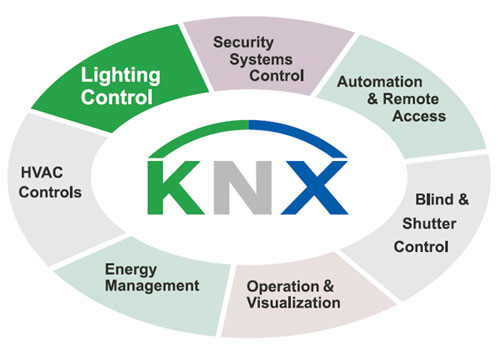Reducing household emissions with technology
In the light of this century’s trend to digitalise everything from watches to fridges, it might seem you can choose any item add the prefix “smart” and find that such a product already exists. However, in what might seem as an ocean of useless inventions, there are plenty that can be used to reduce emissions and save money.
If you’re a part of the digitalisation movement, then you might be interested in the concept of smart homes, the ultimate addition to the truly modern or truly lazy. Essentially, what it means is that every element of your house can be controlled from a panel on the wall or your smartphone. This includes basics such as ventilation, heating and lighting, but can also be connected to other appliances such as washing machines and kettles. Asides from the obvious benefits of living a more comfortable life, this also presents a very interesting opportunity to save money on your electrical bills.
Electricity generation today represents 31% of total global fossil fuel use and around 40% of all energy-related CO2 emissions. Bearing this in mind, measures to make buildings more energy efficient are a necessary step in energy saving and global climate protection. Connecting a smart thermometer to the heating and cooling system enables setting a specific temperature at which the heating begins to work. Doing so, the room will be at a desired temperature when necessary and switches on a power-saving mode when not occupied. Similarly, by installing a CO2 sensor, you can have an automated ventilation system that starts working when CO2 concentrations reach a certain limit, if you’re having guests over and it gets stuffy.
One of the more impressive smart home companies, KNX, shows energy savings of up to 60% with lighting and ventilation control and 40% with heating automation. KNX devices have been installed worldwide in thousands of projects in over 60 countries.
In a 150,000m2 office complex near Munich, called Campeon, energy costs of up to 117,067 Euro were achieved after the implementation of environmental control devices in 2009, compared to the year before. Since electricity was generated through fossil fuels, this led to a large decrease in CO2 emissions.
Clearly, smart homes are about much more than just living a comfortable life – it’s about living a green life.
References:
http://cctvinstitute.co.uk/smart-home/
https://www.knx.org/media/docs/Flyers/Energy-Efficiency-With-KNX/Energy-Efficiency-With-KNX_en.pdf
https://www.theguardian.com/technology/smart-homes
 lines
lines 
